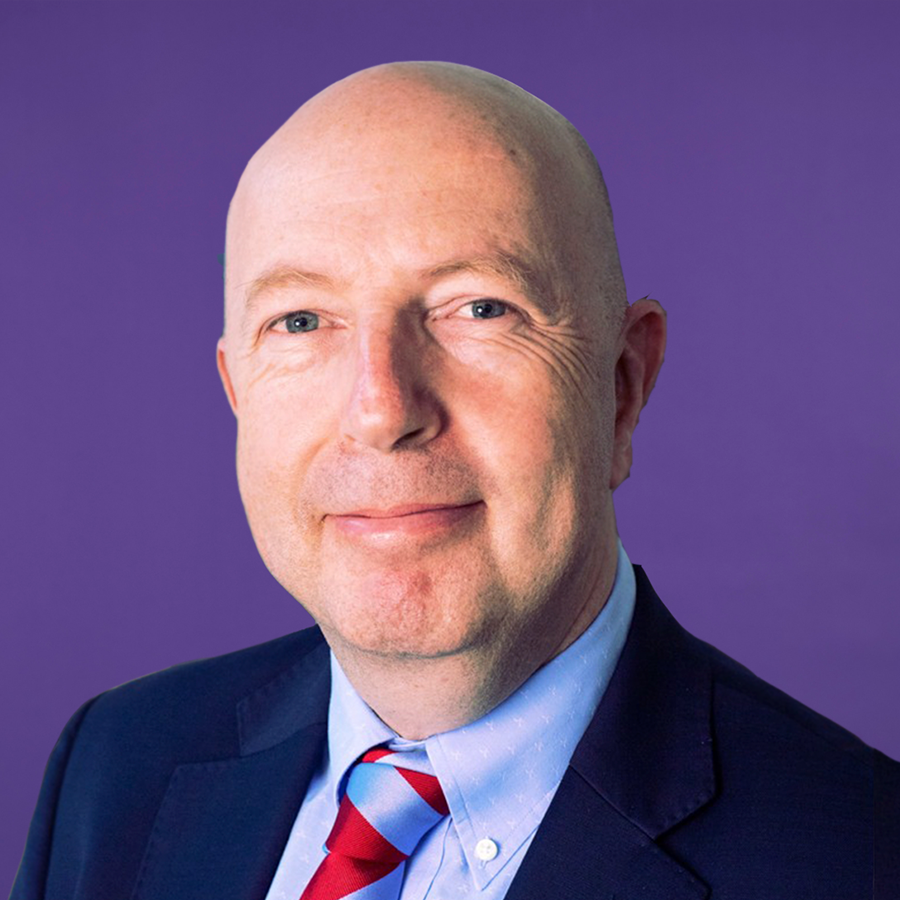Definia’s guide to agile transformation
A key focus in financial services this year has been agile transformation and the challenges that come with it. To address some of the myths surrounding agile and offer advice to organisations looking to carry out transformation programmes, Definia held a webinar on making agile work for your organisation. Grainne Costello, Strategic Account Manager, and Zak Meziane, agile transformation and leadership coach, were joined by leading financial services professionals from across our network.
Myth or reality?
Agile is not a one-size-fits-all. It’s different for every organisation. That’s why it’s important to think about how agile can help your business, rather than seeking agile for agile’s sake. What do your people respond to? What are the levers that will help everyone in the organisation along that journey?
A Definia LinkedIn survey revealed organisations’ key concerns about agile transformation. 13% say there’s too much risk associated, 25% feel it only works in a tech environment and 28% feel it adds stress on BAU activities. Yet by far the biggest concern was that agile means a redesign of the business, selected by 34% of respondents.
The perception that agile transformation can be big and complex is not without foundation, and this is not helped by the way it’s presented by the industry. Complexity sells consulting engagements. Many consultants seem to have the view that if they deal in complexity, show that they understand the complexity, then they will come across as more credible.
But do agile transformations need to be this complex?
While a comprehensive transformation touches every facet of the organisation, including people, processes, strategy, structure and technology, it’s important to focus on what you need to focus on now, and build on it incrementally. An organisation can’t stop working and do an agile transformation. They have to perform in a complex and competitive market while carrying out a transformation. But we need to live by the rule of simplicity; the 10th principle of agile from the Agile Manifesto is that “simplicity – the art of maximising the amount of work not done – is essential.”
Organisational teams being independent and empowered can feel like a massive step. There’s also the misconception that agile means little to no governance. In reality, agile governance means having the same or better controls, just using different methods.
Agile is not all or nothing. There are degrees of agility, and 2% agility is better than 0% agility. You need a simple framework to take people on the journey. A successful agile transformation will share a very clear case for organisational agility, with the senior leadership sponsoring the programme. A workshop with your leaders, so they can voice their opinion on why they need agile, is a good place to start.

Agile transformation – a simple framework
The most important thing is to create a case for change. What does agility mean for your organisation? Why do you need it? What is the cost of doing nothing?
Organisational agility is about turning volatility, uncertainty, complexity and ambiguity into customer value, reduced time to market, the ability to innovate and the ability to adapt.
There can be six months from idea to pilot, and 18 months from idea to launch. It’s important to remove micromanagement and discuss the blockers as you go. If the executive team empowers people to get on with the project, and adopts a test and learn strategy, then that’s when you can achieve true agility. But understand that with great power comes great responsibility.
When you build the case for agility, think about what the organisation needs to do. At the same time, you need to clearly articulate the cost of doing nothing:
- Stay open to the possibility that the cost of doing nothing might be relatively low – e.g. in sectors or niches with low levels of competitor disruption/threat.
- Make sure the cost of doing nothing is articulated by senior leadership.
- Have very clear metrics to measure and track it. e.g. loss of profitability or market share, which has a direct impact on share price.
- Thinking in terms of opportunity is a far more positive way of looking at it, but articulating the threat is far more powerful when you’re facing challenges.
Prioritisation and mobilisation
Where does agility apply the most to your organisation? Where should you start? What are your guardrails? What do you need to kick off? It’s really important to think about when agile will be most beneficial. Understand what you are trying to achieve and how you’re going to deliver that solution.
The Stacey model is a useful way of understanding the complexity of a particular programme:
- Traditional – In the simpler programmes, the environment is stable, the solution can be predetermined, best practice applies and change is a temporary project. This results in a focus on compliance – you don’t need to be creative, you just need people to comply.
- Agile – In the more complex programmes, the client’s need is unknown. The environment is volatile, the solution needs to be discovered, elements of good practice can be customised and change is constant. This requires a focus on creativity.
Team pilot(s)
Start with the smallest possible controlled experiment with senior support and guidance. If you introduce any imperfections into the business, these will increase exponentially once you scale them. Agile should reduce risk rather than introduce more risk.
Develop a scaling blueprint for what works for your organisation. What are the impediments? What’s currently working that you can leverage? Where’s the energy in your organisation? Once you’ve got the energy, success stories and a blueprint that you feel works, that’s when you can start scaling up in a controlled way, reducing risk and maximising benefits.
Zak gave the example of an HR team which was losing good candidates to a poor applicant experience. The process from offer to onboarding was too cumbersome, making it hard to get candidates engaged. The required interviewers were also so busy that it was hard arranging second interviews. Zak worked with the talent acquisition team and put together a process visualisation, highlighting bottlenecks and empowering the people involved to make changes.
The approach was about evolution, not revolution. Some of the outdated background checks were automated, and the process was streamlined and personalised. Data gave the organisation greater visibility of the process and highlighted the necessary changes. The result in the first quarter was a 45% reduction in screening to onboarding lead time, and a 25% reduction in rejected offers.
Scaling pilot(s)
Once again, scaling should be controlled and incremental, slowly moving towards organisational agility – and remember you can stop anytime.
Zak recently worked on a scaling pilot for a self-invested pension plan (SIPP) onboarding process, where a suboptimal customer experience was affecting conversion rates and net promoter scores (NPS). A CX improvement team was created to work cross-functionally, aligning people in the business with the desired objectives and thereby reducing risk to the customer experience. The team did not change the organisation – they looked at the programme as an end-to-end process, focusing on principles rather than practices. They simplified website content, automating the application form and updating the client on progress.
The organisation nominated a single point of accountability for end-to-end client experience, devised a single set of objectives and success metrics to break down silos and foster collaboration, and held the usual standups and sprints. In addition, a chief product owner was responsible for the onboarding process. They were able to achieve a 20% growth in conversion rates (which continues to rise) and a significant improvement in client satisfaction.
Conclusion
By remembering the importance of simplicity and adopting an incremental approach that allows you to instigate change to the right degree and at the right pace, you can truly make agile work for your organisation, rather than the other way round. Remember that the purpose of agile is to make things easier. If the reverse is the case, then you need to refer back to the principles of the Agile Manifesto:
- Customer centricity – if we delight the customer, good things will happen.
- Principles over practices – transformation people get bogged down in how many sprints they have. Are you transparent around progress and impediments?
- Evolution not revolution – it’s about the small tweaks you can bring to the business. Transformation will be disruptive, but what’s the maximum benefit you can bring with minimum disruption?
- Think just in time (not just in case).
If you’d like to find out how Definia can help you deliver sustainable change, please contact us.




